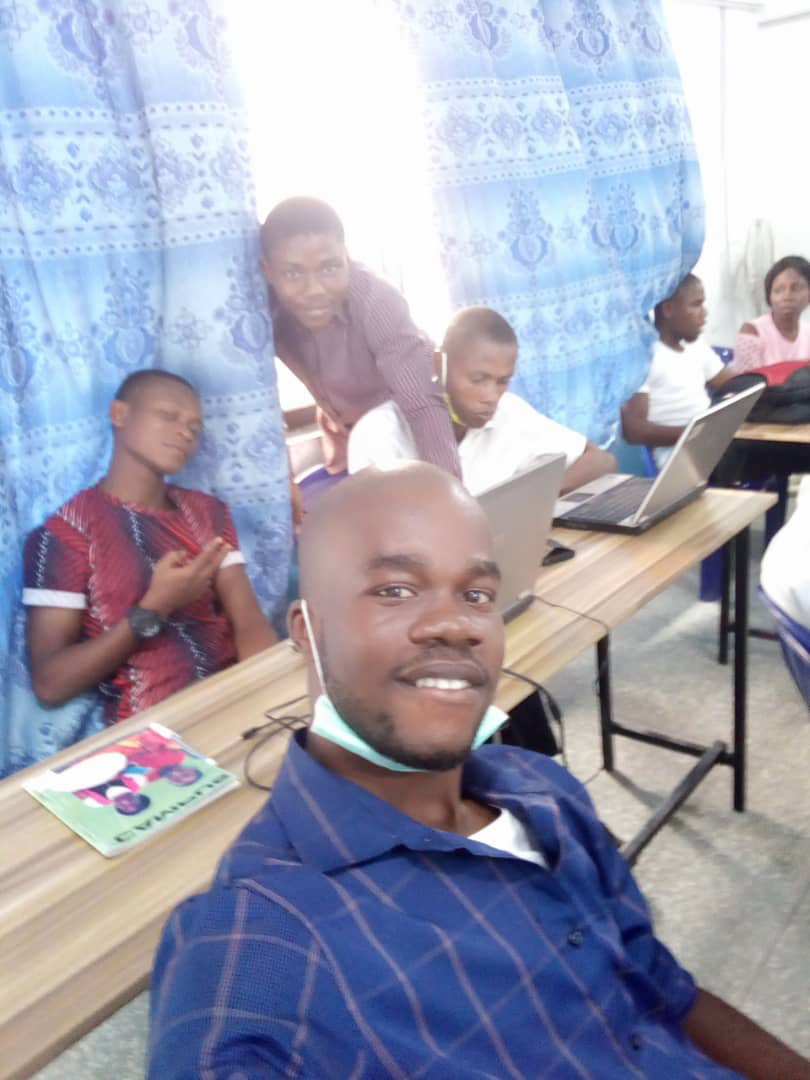In computer security, a threat is a potential negative action or event facilitated by a vulnerability that results in an unwanted impact to a computer system or application.
Physical Threats
A physical threat is a potential cause of an incident that may result in loss or physical damage to the computer systems.
The following list classifies the physical threats into three (3) main categories;
Internal: The threats include fire, unstable power supply, humidity in the rooms housing the hardware, etc.
External: These threats include Lightning, floods, earthquakes, etc.
Human: These threats include theft, vandalism of the infrastructure and/or hardware, disruption, accidental or intentional errors.
To protect computer systems from the above mentioned physical threats, an organization must have physical security control measures.
The following list shows some of the possible measures that can be taken:
Internal: Fire threats could be prevented by the use of automatic fire detectors and extinguishers that do not use water to put out a fire. The unstable power supply can be prevented by the use of voltage controllers. An air conditioner can be used to control the humidity in the computer room.
External: Lightning protection systems can be used to protect computer systems against such attacks. Lightning protection systems are not 100% perfect, but to a certain extent, they reduce the chances of Lightning causing damage. Housing computer systems in high lands are one of the possible ways of protecting systems against floods.
Humans: Threats such as theft can be prevented by use of locked doors and restricted access to computer rooms.
Non-physical threats
A non-physical threat is a potential cause of an incident that may result in;
Loss or corruption of system data
Disrupt business operations that rely on computer systems
Loss of sensitive information
Illegal monitoring of activities on computer systems
Cyber Security Breaches
Others
The non-physical threats are also known as logical threats. The following list is the common types of non-physical threats;
Virus
Trojans
Worms
Spyware
Key loggers
Adware
Denial of Service Attacks
Distributed Denial of Service Attacks
Unauthorized access to computer systems resources such as data
Phishing
Other Computer Security Risks
Types of Computer Security Threats
There are several types of computer security threats such as Trojans, Virus, Adware, Malware, Rootkit, hackers and much more. Check some of the most harmful types of computer Security Threats.
COMPUTER VIRUS
A Computer Virus is a malicious program, which replicates itself and infects the files and programs of your PC and can make them non-functional.
COMPUTER WORMS
A self-replicating computer program that spreads malicious codes, computer worms make use of the network to send copies of the original codes to other PCS. It can also go to the extent of sending transferring documents utilizing the email of the user.
SCAREWARE
Scareware is a malware that tricks victims to buy software by displaying fake virus alerts. A scareware infected PC may get pop-ups of fake malware threats and to get rid of those, users are prompted to purchase a fake anti-malware software.
KEYLOGGER
Also known as a keystroke logger, Keyloggers can track the real-time activity of a user on his computer. Keylogger runs in the background and records all keystrokes made by a user and passes the information to the hacker with the motive to steal password and banking details.
ROOTKIT
A rootkit is considered extremely dangerous as they appear to be legitimate files and deceives the computer user. Rootkit masks viruses and worms and makes them appear as necessary files. These are very difficult to remove and only an antivirus with the anti-rootkit feature can remove a rootkit.
Tips for Best Computer Security
For best computer security, you must follow certain guidelines, which are also called computer best practices. 1. Use the best antivirus software, which not only provides protection to your PC but also internet protection and guards against cyber threats. 2. Do not download untrusted email attachments and these may carry harmful malware. 3. Never download software from unreliable sites as they may come with a virus that may infect your system as soon as you install the software.
To protect computer systems from the above-mentioned threats, an organization must have logical security measures in place. The following list shows some of the possible measures that can be taken to protect cyber security threats
To protect against viruses, Trojans, worms, etc. an organization can use anti-virus software. In additional to the anti-virus software, an organization can also have control measures on the usage of external storage devices and visiting the website that is most likely to download unauthorized programs onto the user’s computer.
Unauthorized access to computer system resources can be prevented by the use of authentication methods. The authentication methods can be, in the form of user ids and strong passwords, smart cards or biometric, etc.
Intrusion-detection/prevention systems can be used to protect against denial of service attacks.There are other measures too that can be put in place to avoid denial of service attacks.
Summary
A threat is any activity that can lead to data loss/corruption through to disruption of normal business operations.
There are physical and non-physical threats
Physical threats cause damage to computer systems hardware and infrastructure. Examples include theft, vandalism through to natural disasters.
Non-physical threats target the software and data on the computer systems.










